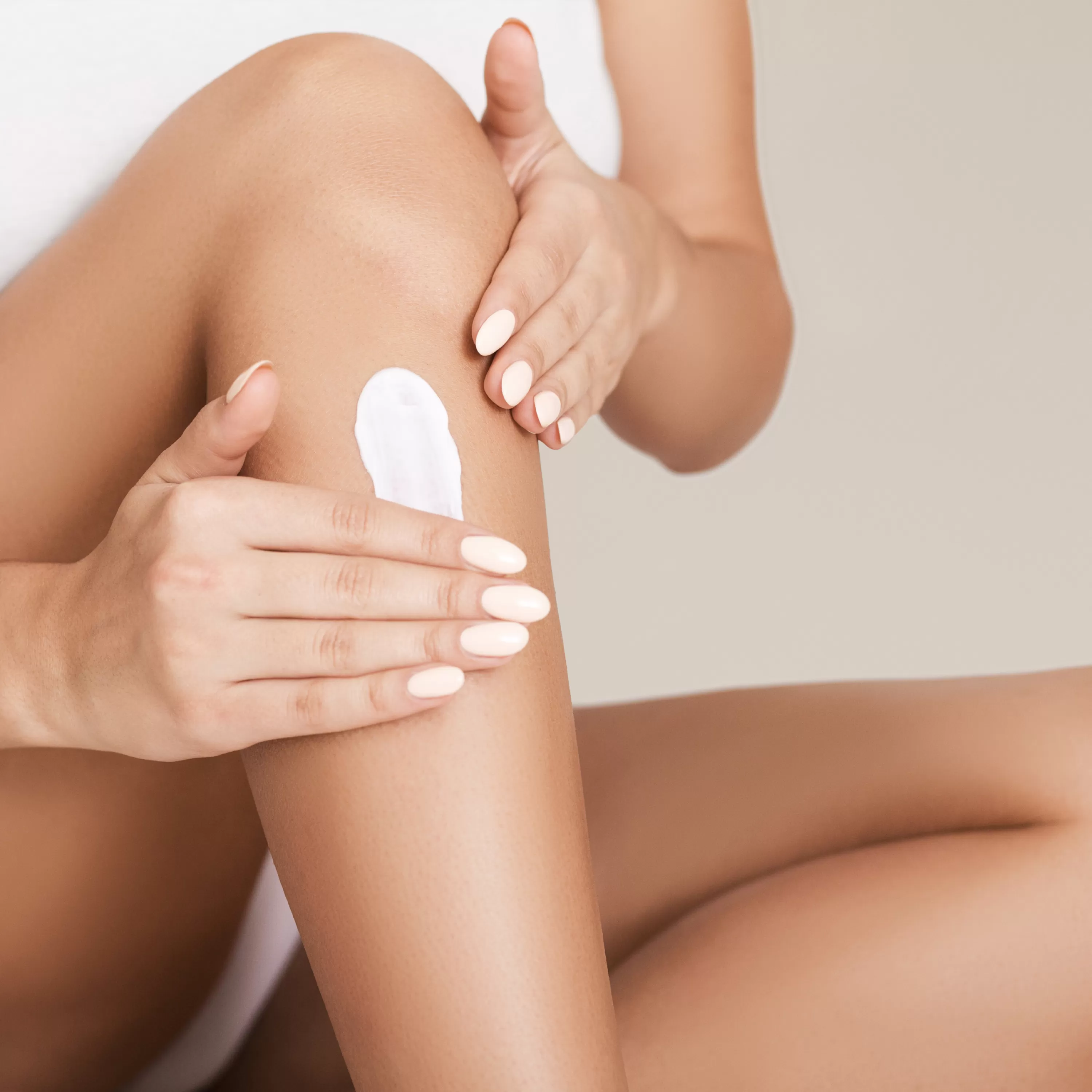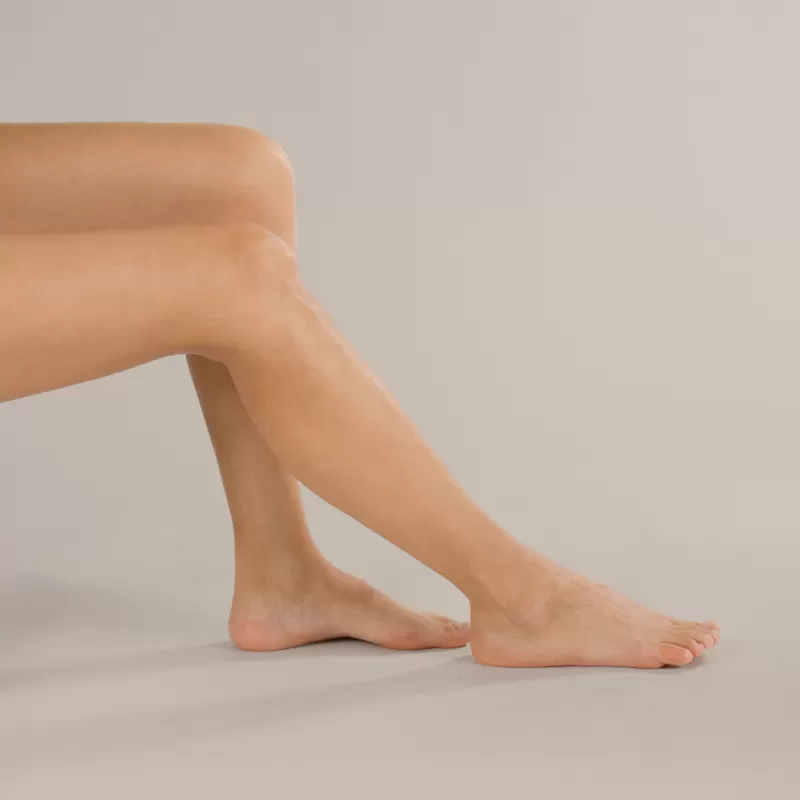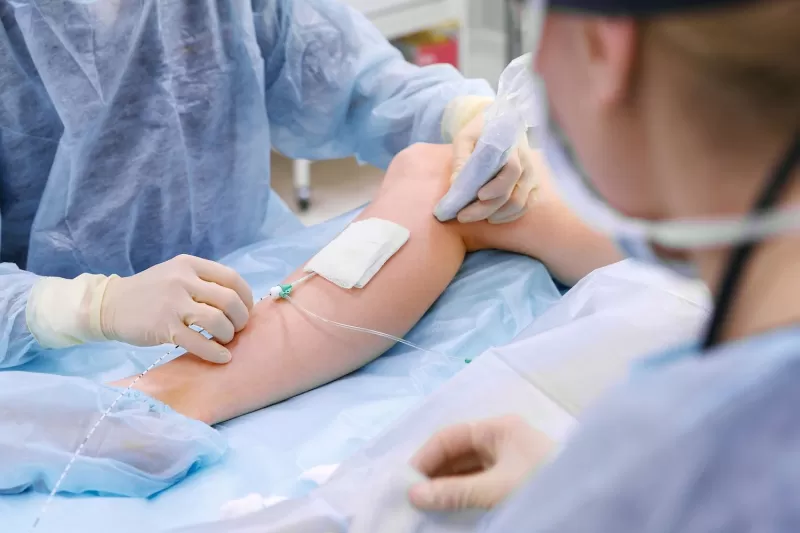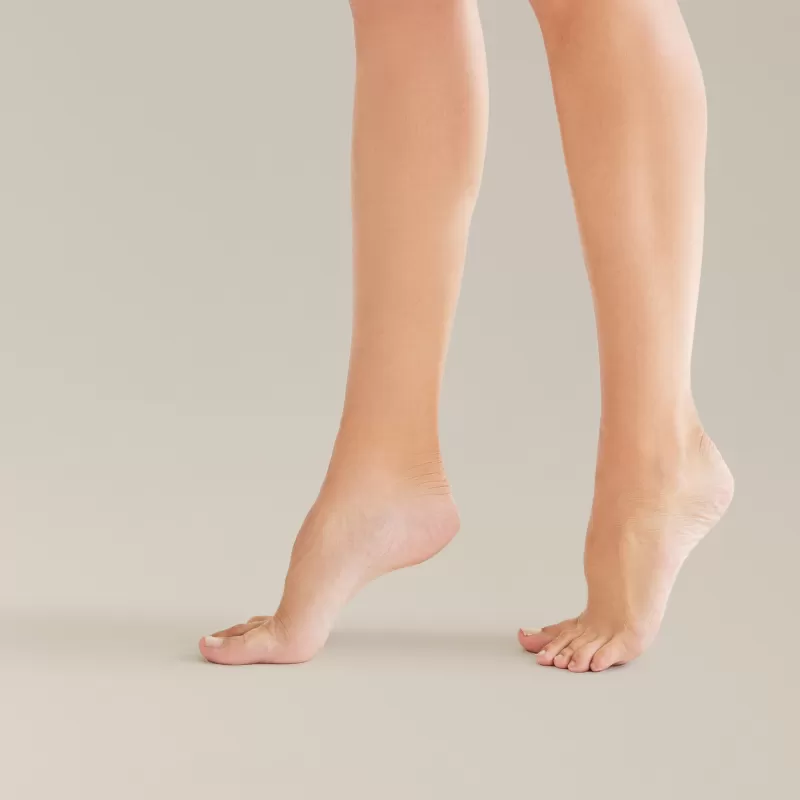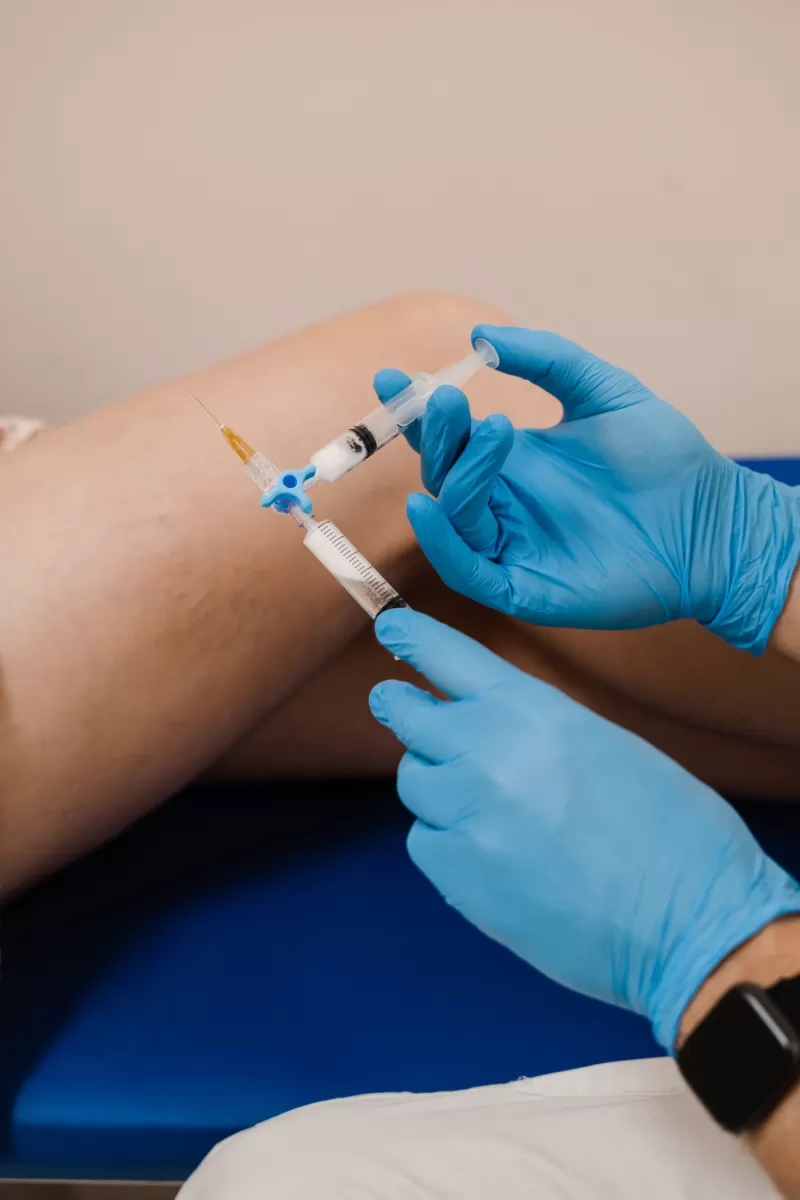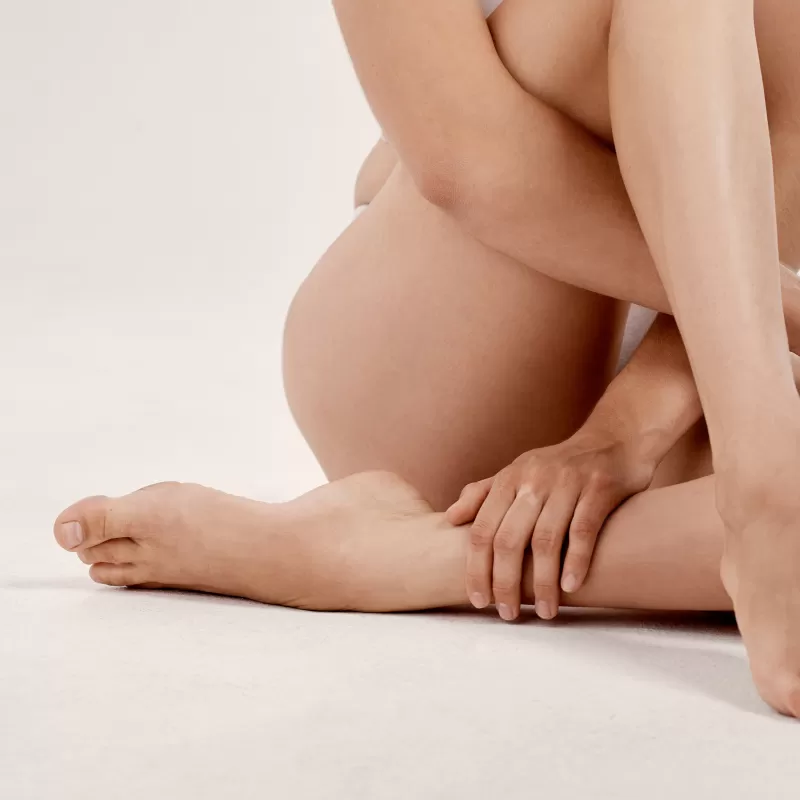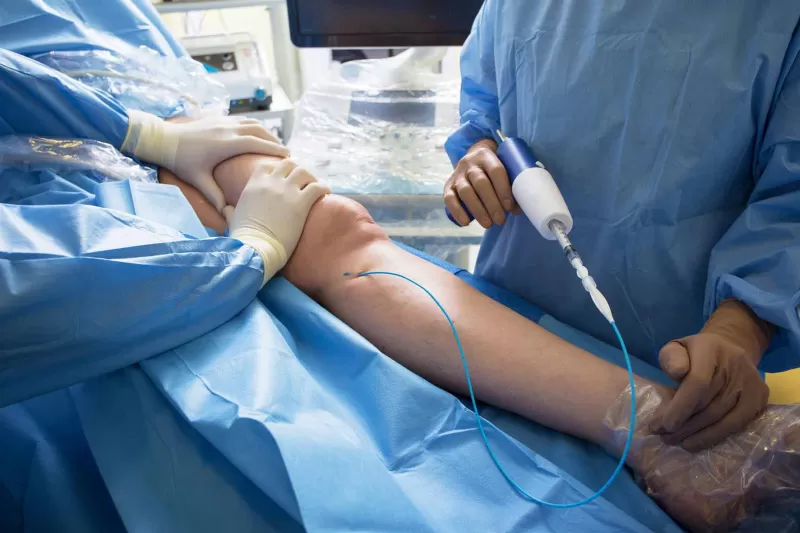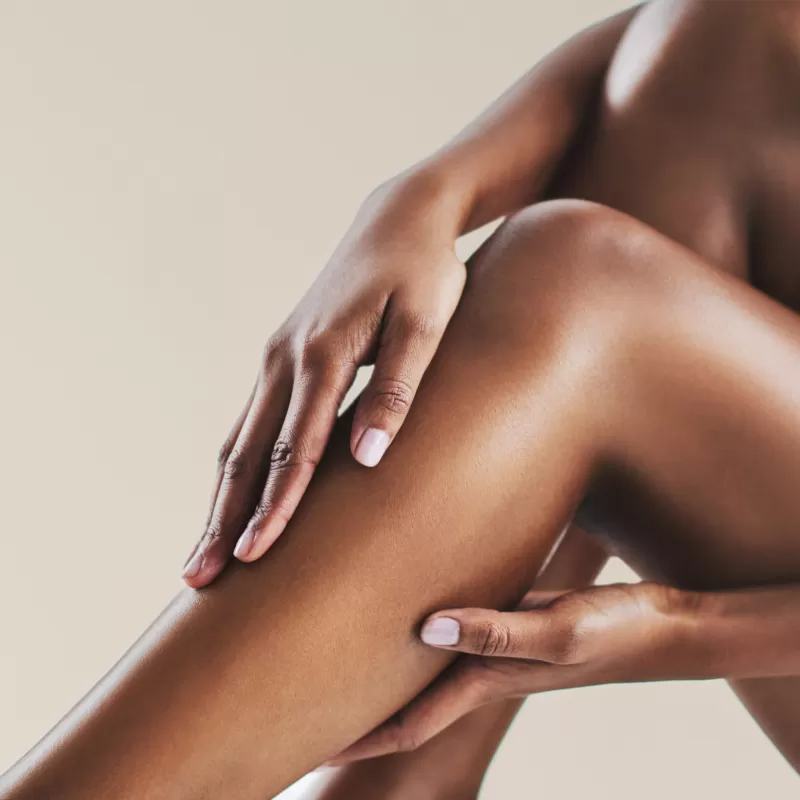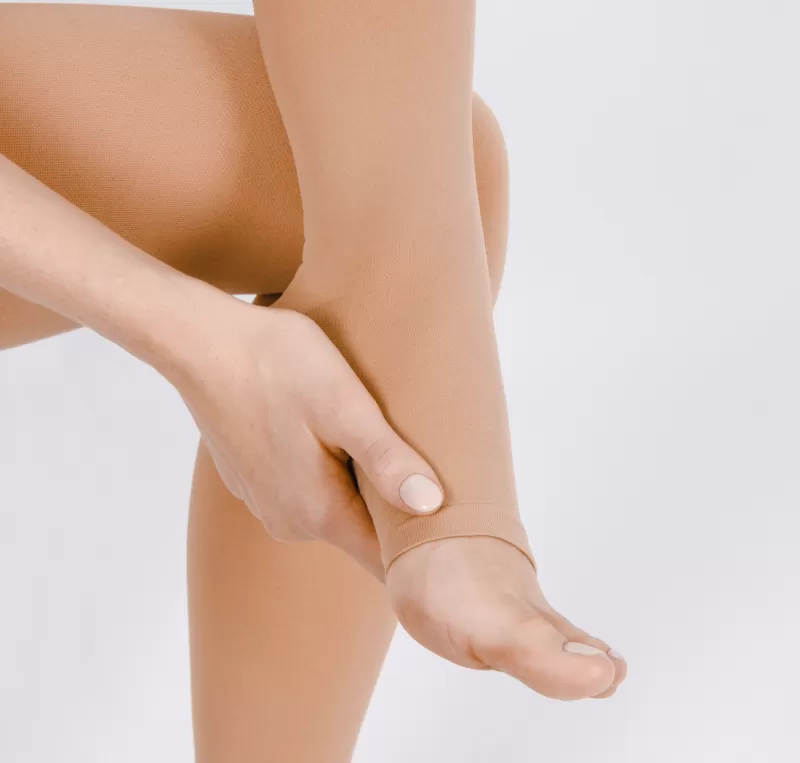Varicose Veins
Varicose Veins
Condition
Aching and discomfort from varicose veins? Worried about protruding, knobbly leg veins? Restore and repair your legs to their former glory with our state of the art, non-surgical varicose vein treatments here at Canberra vein care by The R Clinic.
What are varicose veins?
What are varicose veins?
Varicose veins are twisted, enlarged diseased veins most commonly occurring in the legs and feet. Any vein that is close to the skin’s surface (superficial) can become varicosed and often appear blue or dark purple in colour. Symptoms associated with varicose veins can include heaviness, burning, aching, stinging, throbbing, swollen ankles, restless legs and leg cramps. The presence of a skin rash, small blue veins on the feet, skin discolouration, ulcers and scarring can be due to advancing vein problems. Furthermore, varicose veins are prone to developing superficial thrombophlebitis, which is a blood clot along with inflammation of a segment of vein. Receiving varicose vein treatment for abnormal veins will significantly improve these symptoms.
What causes varicose veins?
What causes varicose veins?
Varicose veins are caused by increased pressure in the veins. Normally we have one-way valves in the veins to allow blood to return to our heart. However, when the valves are weakened or damaged, the blood can collect in the veins. When the blood begins to pool, the veins are under pressure, causing them to dilate and become twisted.
Risk factors for varicose veins include genetics, pregnancy, menopause, age, obesity and occupational, use of oral contraceptive pills, and hormone replacement therapy, occupations linked to lengthened periods of sitting or standing also increase your risk of developing varicose veins. These include retail works, doctors, builders, electricians, nurses etc.
How can we help?
How can we help?
At The R Clinic, our vein doctor, Dr Melanie Sung, offers multiple state-of-art, non-surgical varicose vein treatments tailored to your condition. We offer endovascular thermal ablation (including radiofrequency ablation), medical superglue ablation, micro-sclerotherapy, ultrasound guided sclerotherapy, and compression therapy. By offering an alternative to surgery means drastically reduced wait time for treatment, plus minimal downtime associated with these forms of non-invasive treatments means better recovery and outcomes for our patients.
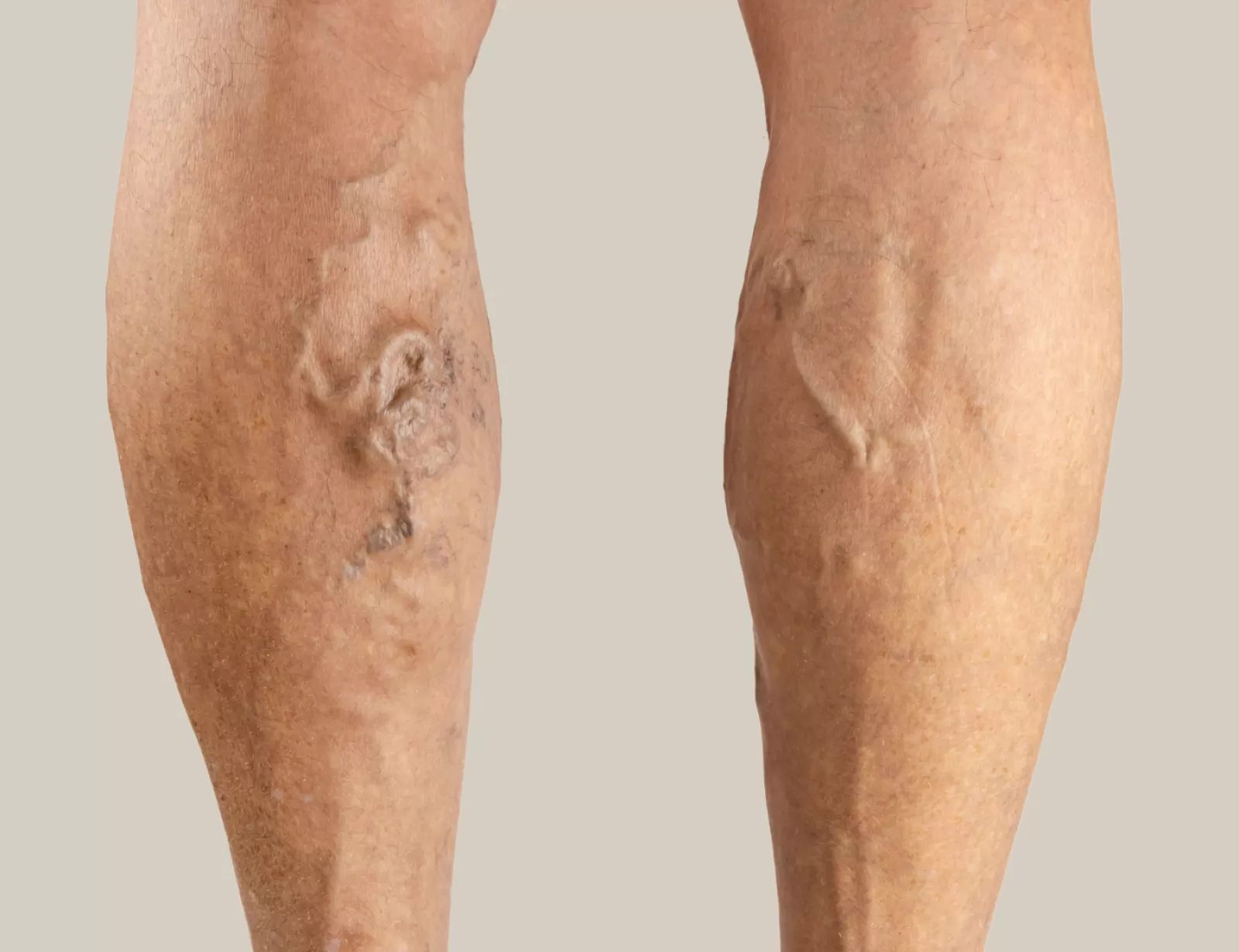
FAQ
Have further questions or want to learn more?
What are the potential complications of varicose veins if left untreated?
Varicose veins can cause ulcers (open sores), bleeding and skin discoloration if left untreated. Severe varicose veins may be a sign of chronic venous insufficiency. This condition affects your veins’ ability to pump blood to your heart. People who have varicose veins may be more likely to develop blood clots.
Should I wear compression socks for varicose veins?
By supporting blood flow and decreasing pressure inside your veins, compression stockings can go far in relieving symptoms like pain and swelling. They may also help to prevent varicose veins from worsening over time. For this reason, your physician may prescribe compression stockings as a first course of action.
Do varicose veins hurt?
Varicose veins are a progressive disorder, so the answer to this question depends on what stage your varicose veins are in. If they are small and just barely visible, they are less likely to cause pain. As they become larger, however, varicose veins can cause skin changes that render the swollen veins themselves sensitive to touch or abrasion and can cause the skin that covers them to become brittle and easily damaged. Left untreated, these latter-stage varicose veins can become in rare cases ulcerated as the disease progresses over man-years.
Are varicose veins a risk factor for DVT?
DVT stands for deep vein thrombosis, and it is a much more severe condition than the one that causes varicose veins. Whilst varicose veins attack your superficial (close to the skin surface) veins, DVT affects the larger, deeper veins in your legs, and causes blood clots to form in them.
These blood clots impair your circulation, but the real danger occurs if the clots break loose from where they formed and travel to your lungs which can be fatal in a small percentage of cases. These side effects of DVT kill hundreds of thousands of people every year. Having varicose veins does increase your risk of developing DVT mildly, and provides yet another reason why you should seek medical attention if you have varicose veins.
When should varicose veins be treated?
Untreated, varicose veins don’t magically go away or “get better on their own” if you ignore them. This does not mean that your varicose veins require immediate treatment. Factors likely to influence your decision in seeking treatment include long term pain from varicose veins, ulceration from varicose veins, swelling from varicose veins, and also their unsightly appearance.
What are the risk factors for varicose veins and spider veins?
Common risk factors for varicose and spider veins include:
- Increasing age
- Family history
- Pregnancy and hormonal changes
- Obesity
- Prolonged standing
- Prior deep venous thrombosis
What are the signs and symptoms of varicose veins?
In many cases, varicose and spider veins cause no symptoms. However, these veins are often unattractive and may become painful. Prolonged sitting or standing tends to make legs with varicose veins feel worse. Some common symptoms of them include:
- Aching pain
- Itching
- Burning
- Leg swelling
- Easily tired legs
- Numbness in the legs
- Leg heaviness
- Darkening of the skin
- Rash on the legs
- Skin ulcers
